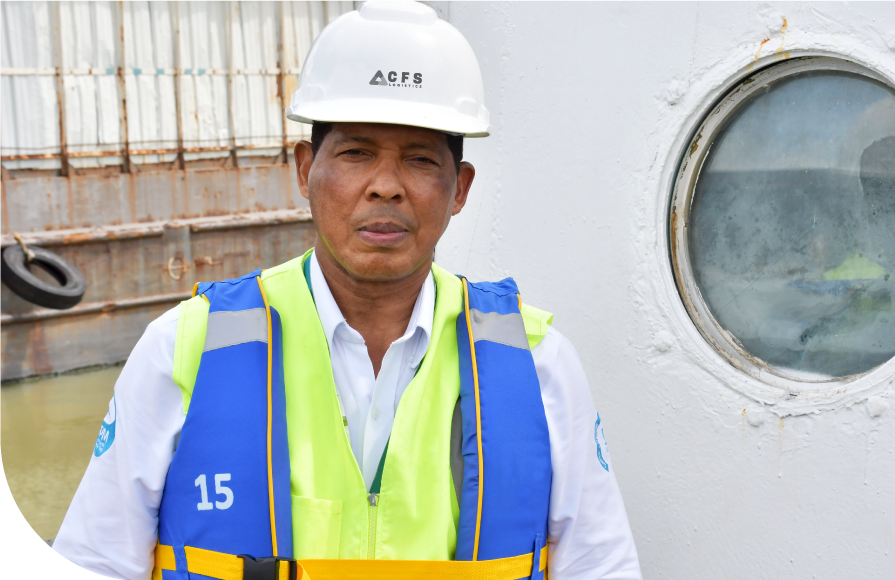
At GreenLand we build transparent, respectful, and mutually beneficial relationships with our stakeholders. We believe that these relationships are the basis to create value and endure over time.
(102-43) (102-44) (102-21) The Board of Directors and the Management Committee define the guidelines for our relationships with stakeholders and each business leader defines and manages their understandings with those actors based on strategies that meet their specific needs and expectations.
During the year, dialogues were carried out with the different interest groups in order to find out the relevance and perception of the various corporate issues, specifically those related to with sustainability and that the Group should have.

![]()
«The company has been able to cope during difficult times by developing and implementing strategies, taking advantage of new opportunities, and contributing to people’s wellbeing»
![]()
«GreenLand are on the right path, they are at the forefront of the agricultural sector»
![]()
«We are a company that cares for the development of current generations and we are committed with future generations»
![]()
«The company is constantly involved with the communities through its social projects»
(102-42) EAt GreenLand we implemented a project to identify and prioritize our stakeholders with the aim of to know them better and to design appropriate relationship strategies, strengthening the information we provide them, and getting their feedback. The stages of this exercise are detailed below: